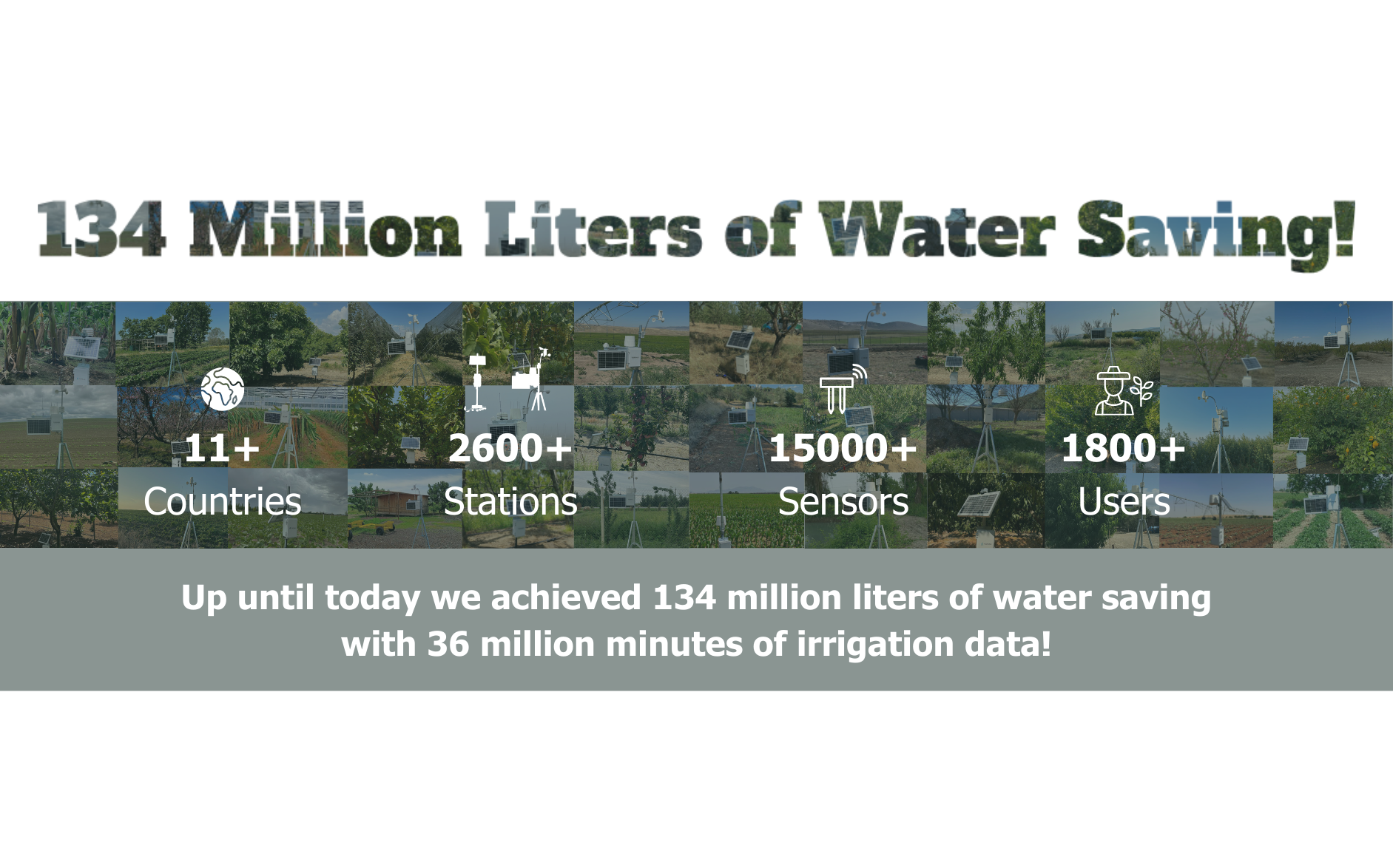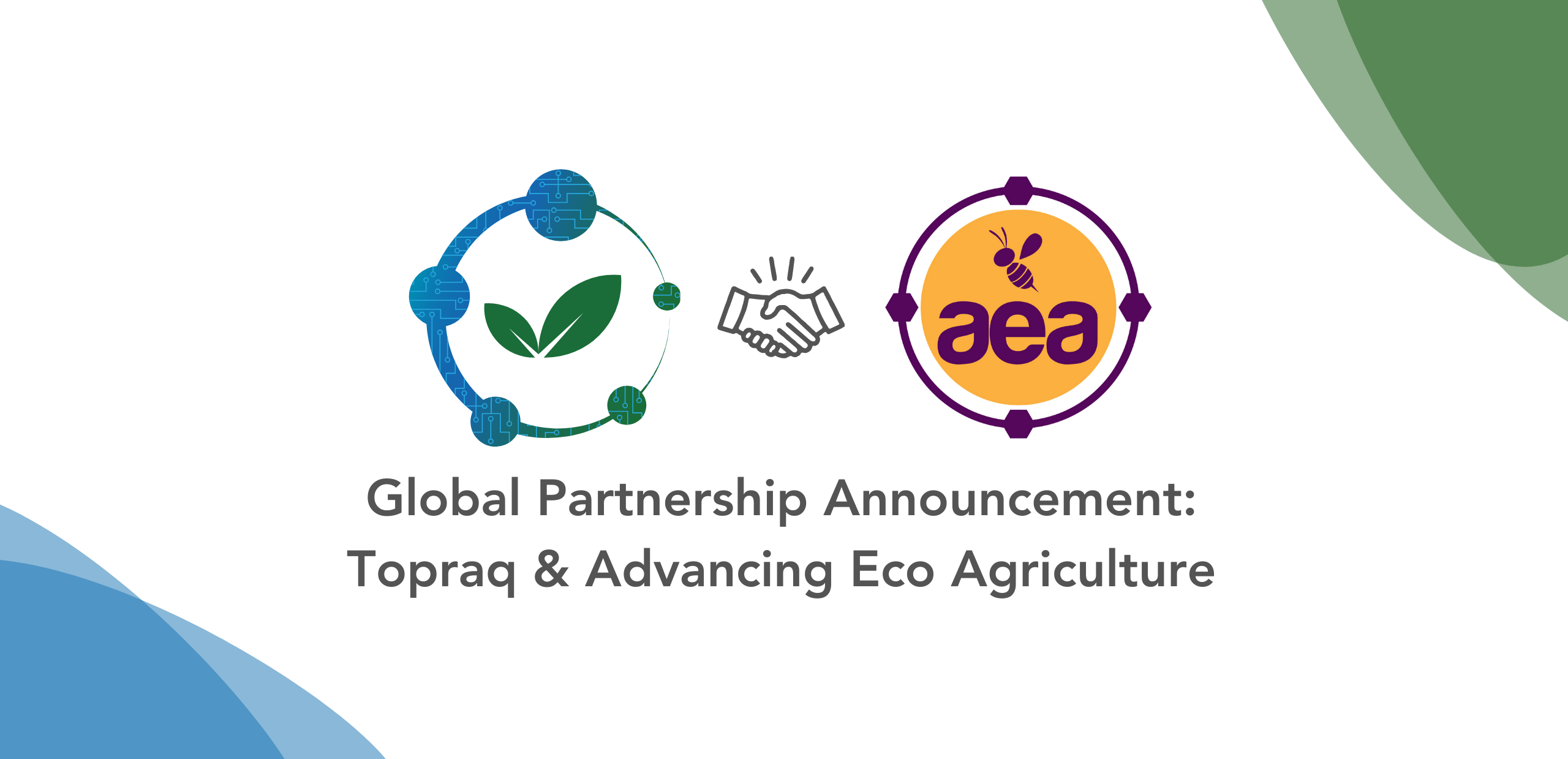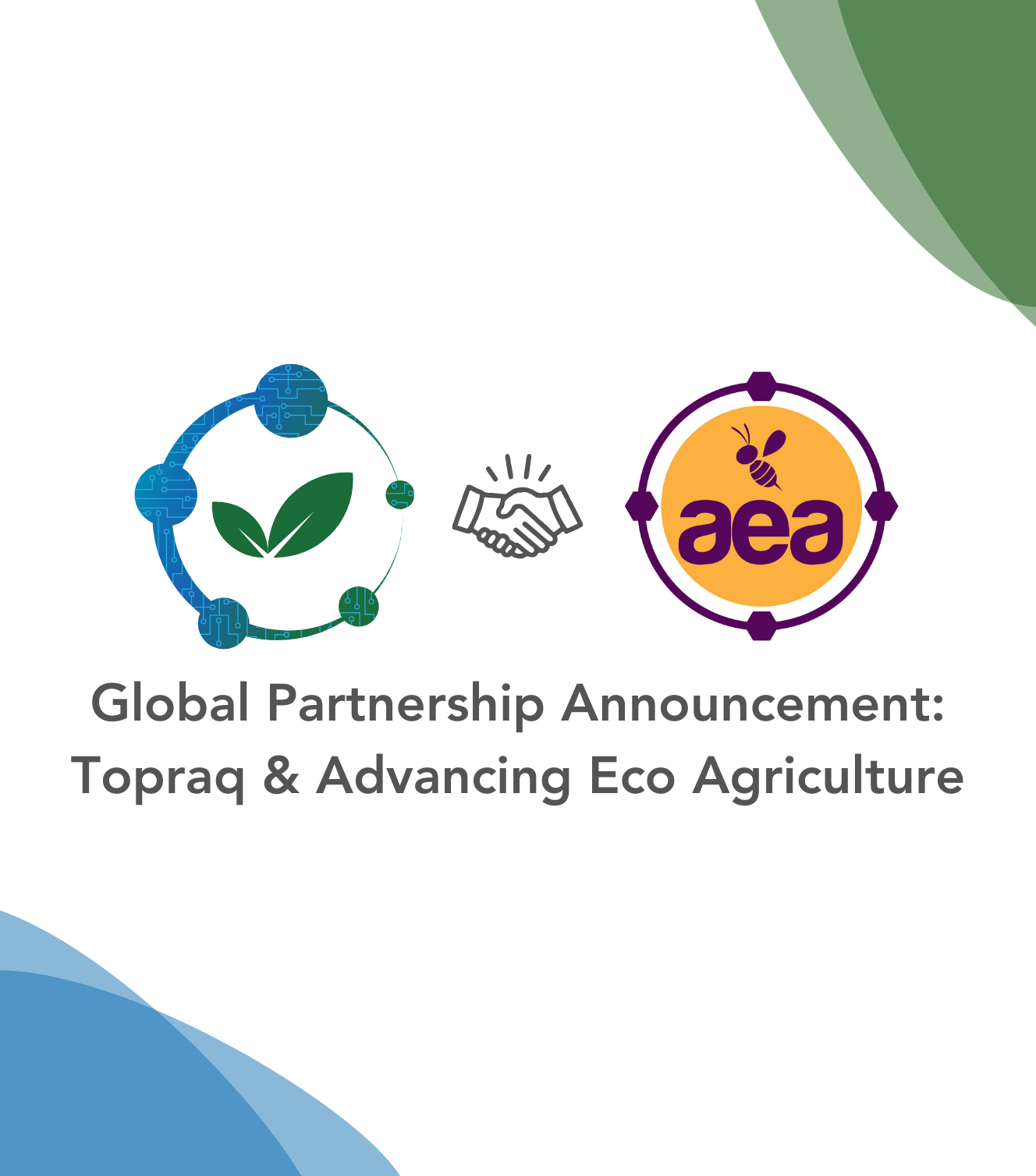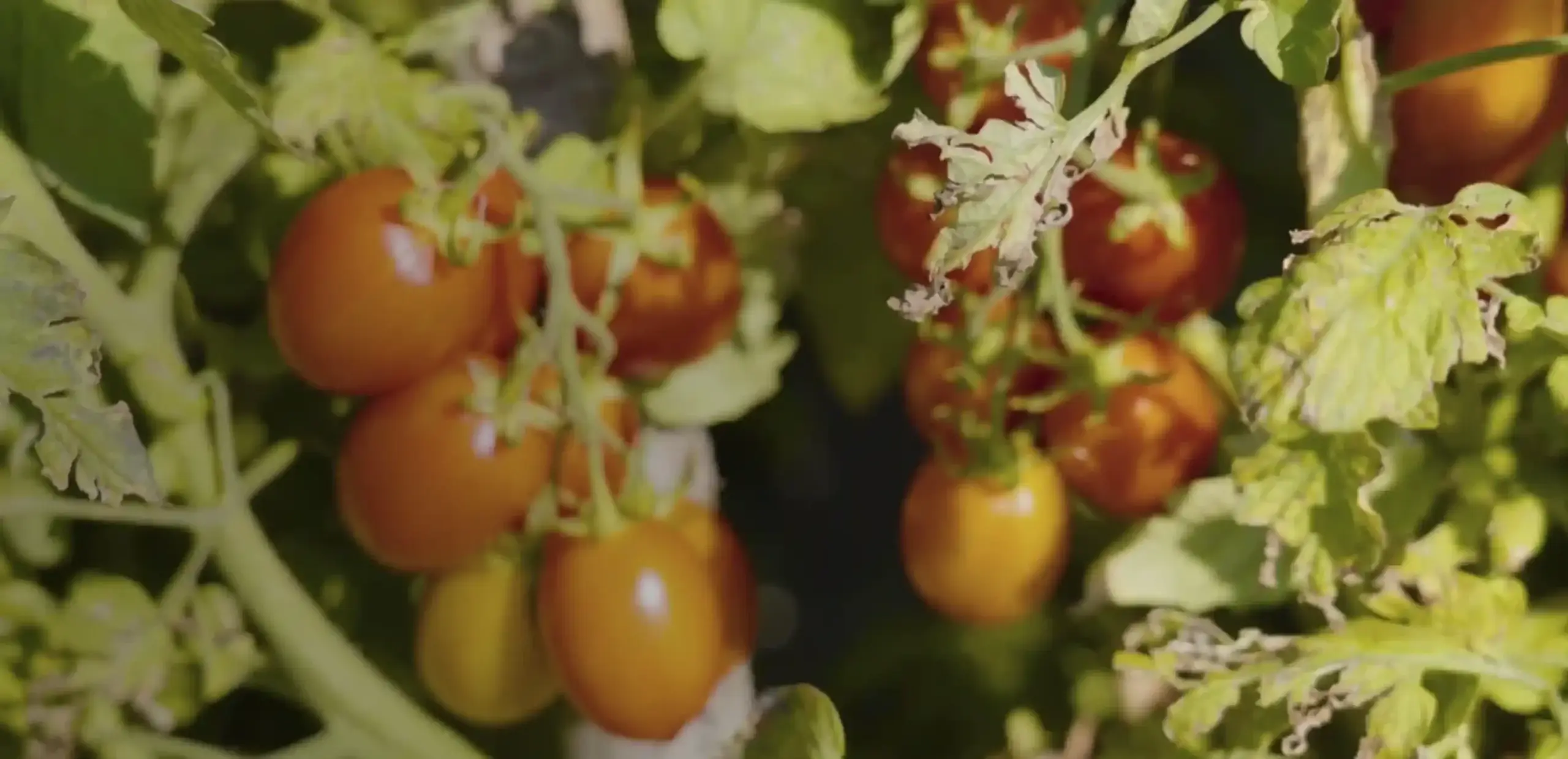
nutritional deficiencies
to the naked eye

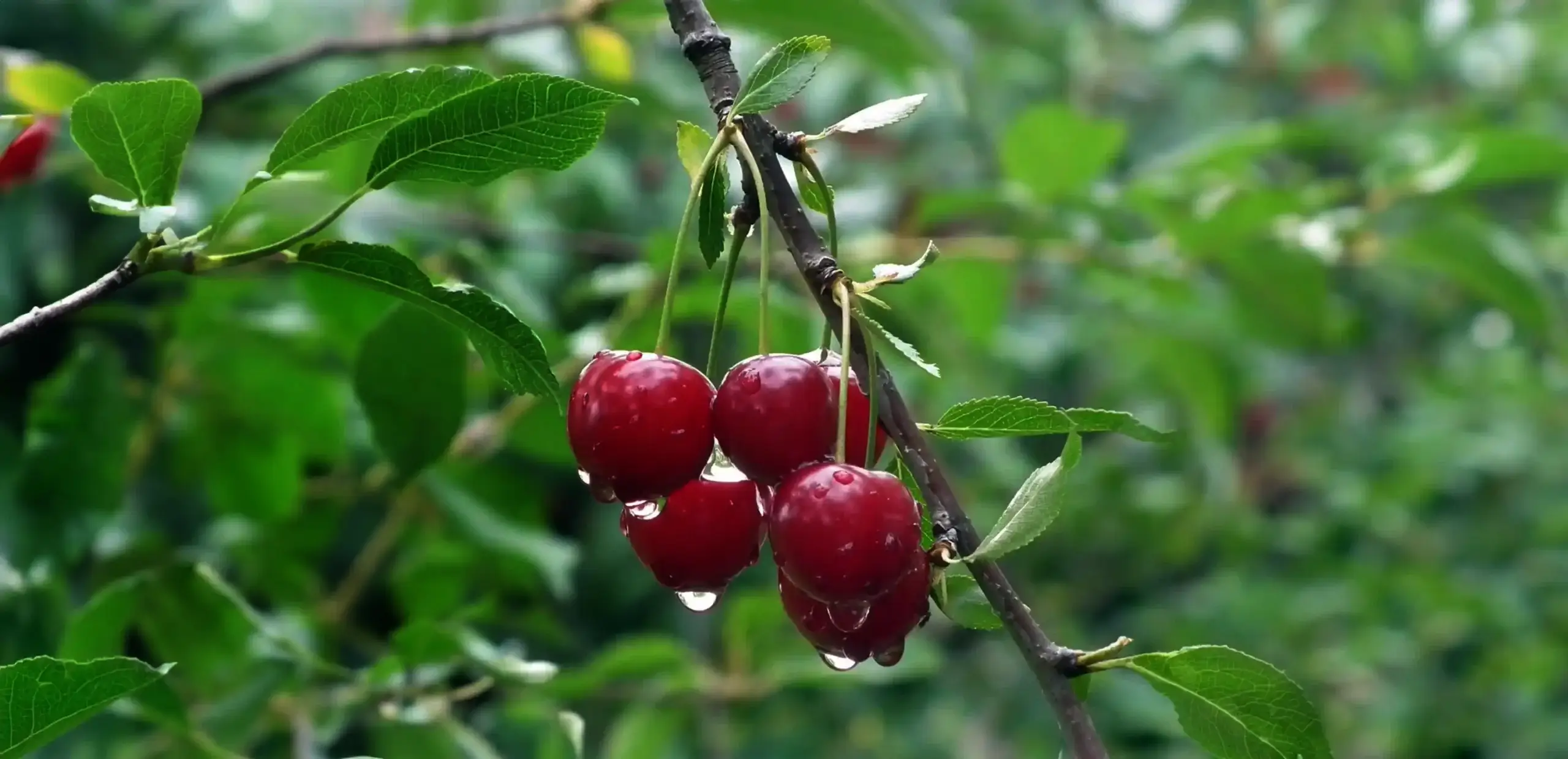


technology investment
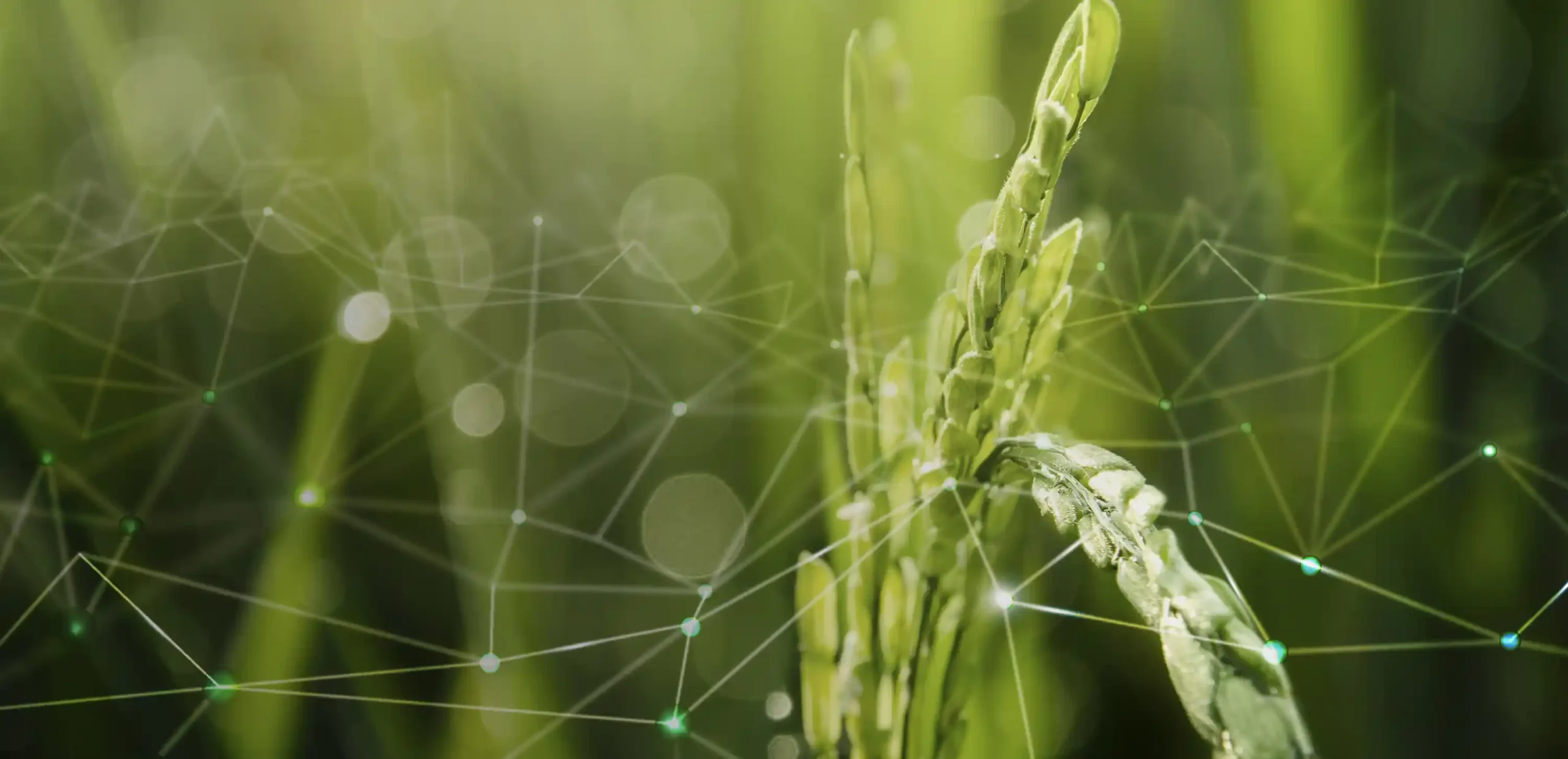
you can’t manage!
data-driven agriculture.
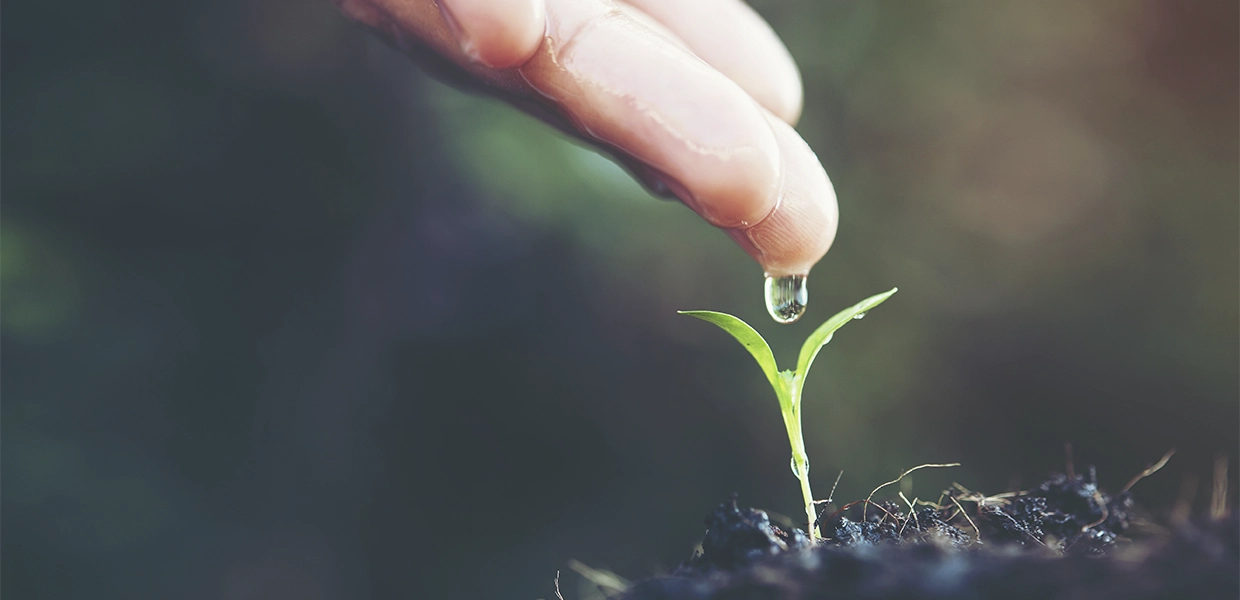
electricity bills
consumption.
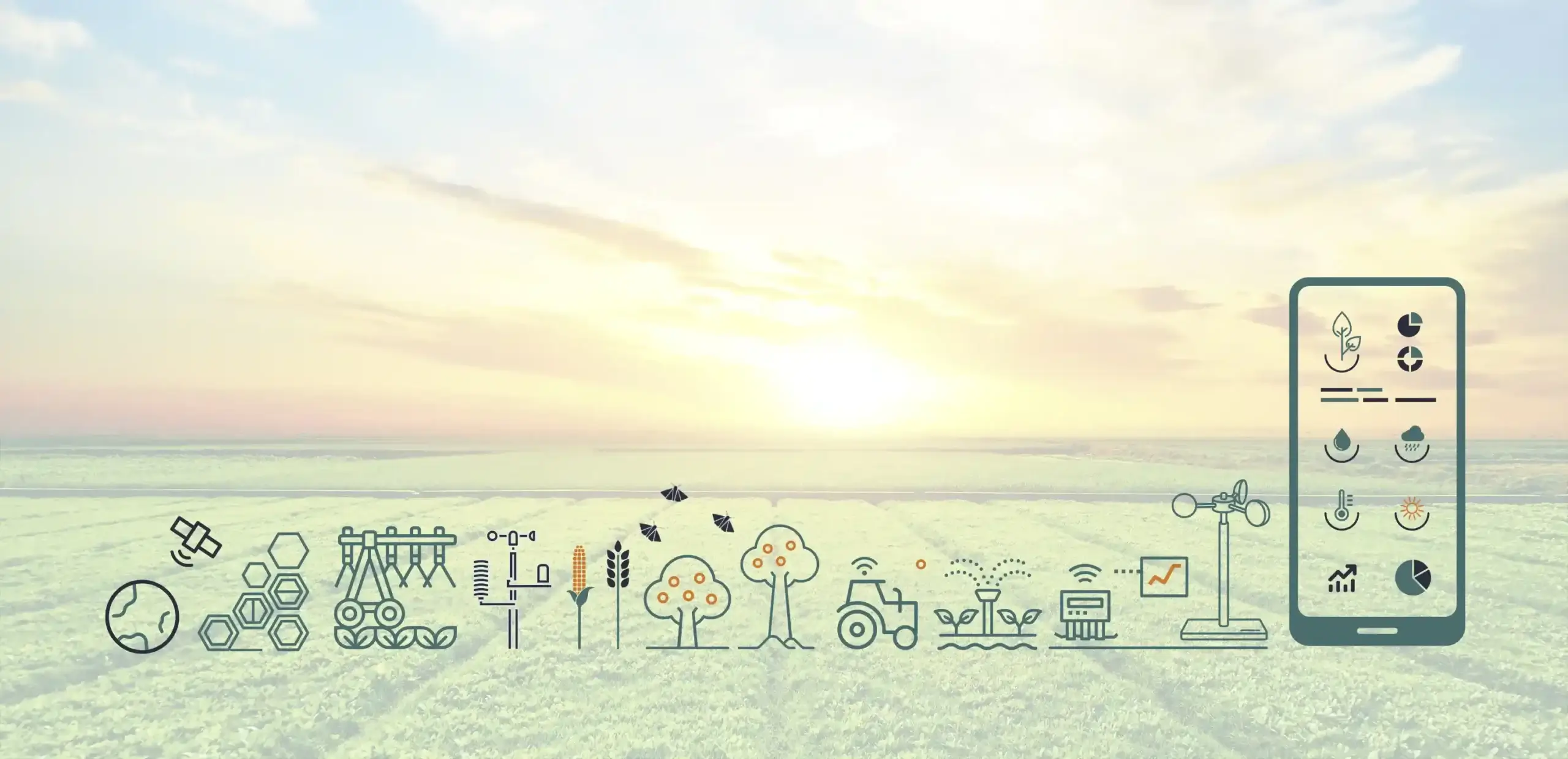
agricultural data into
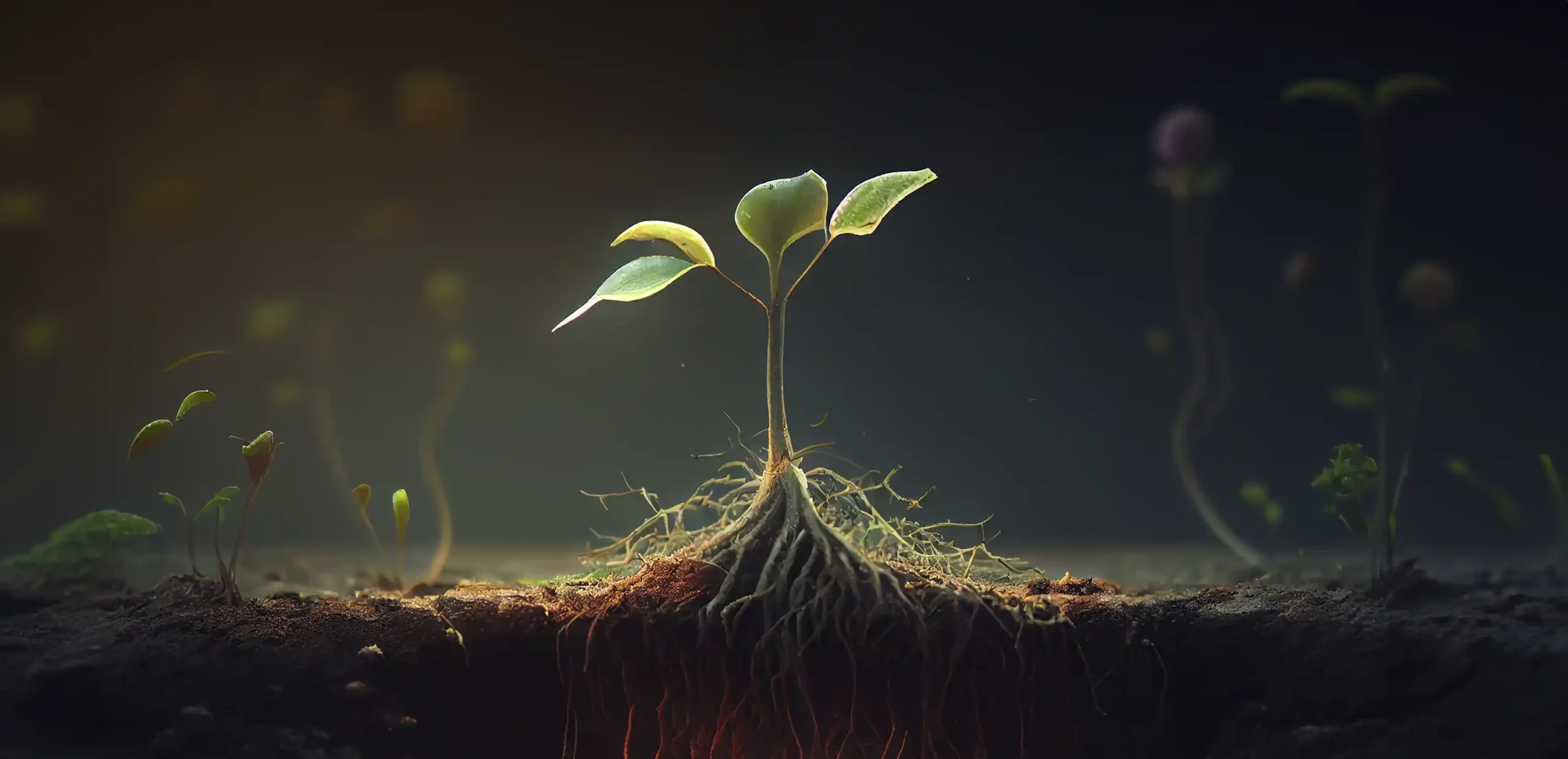
Plant Analysis!
minimize fertilizer, and
maximize profitability



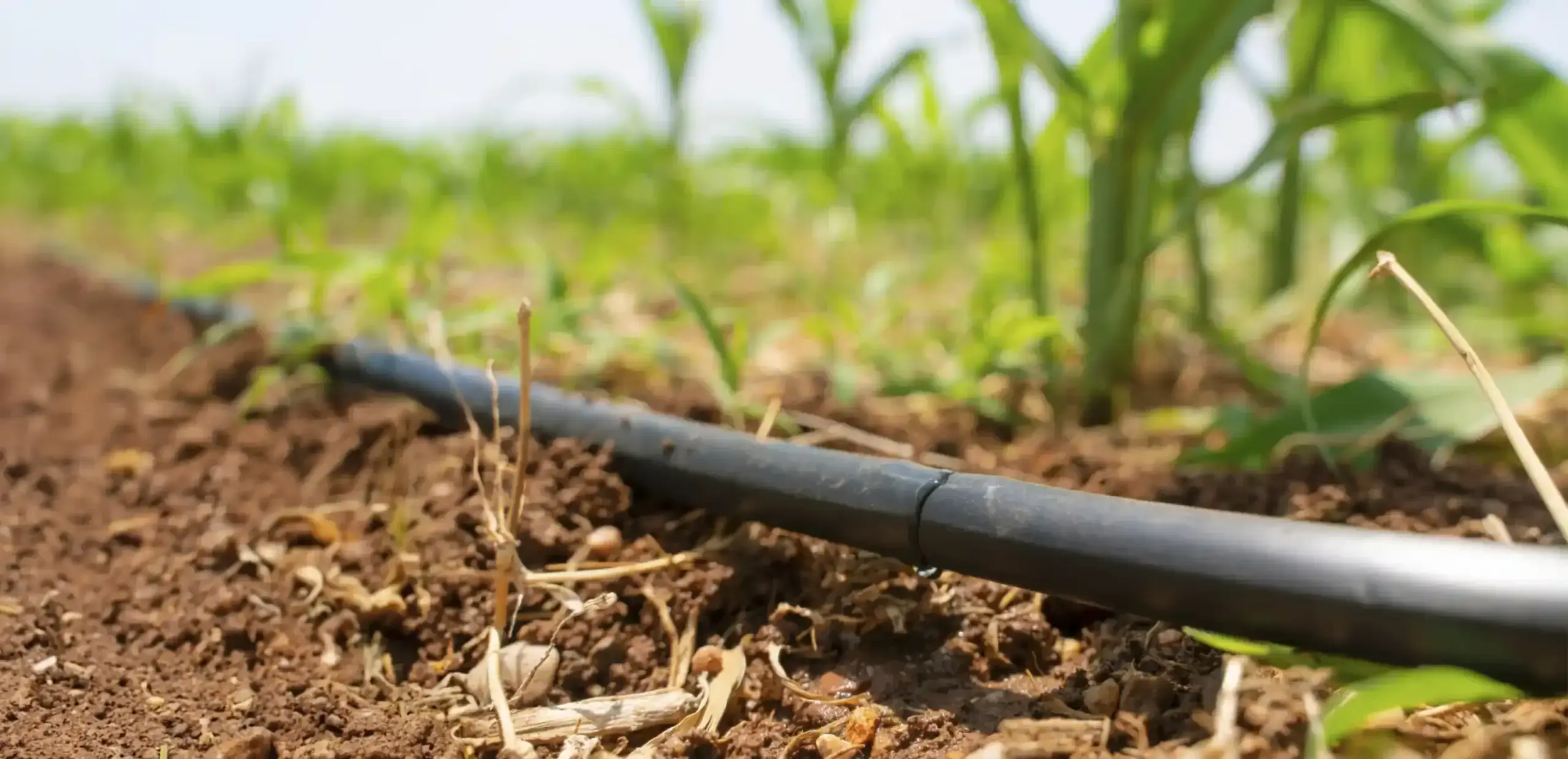
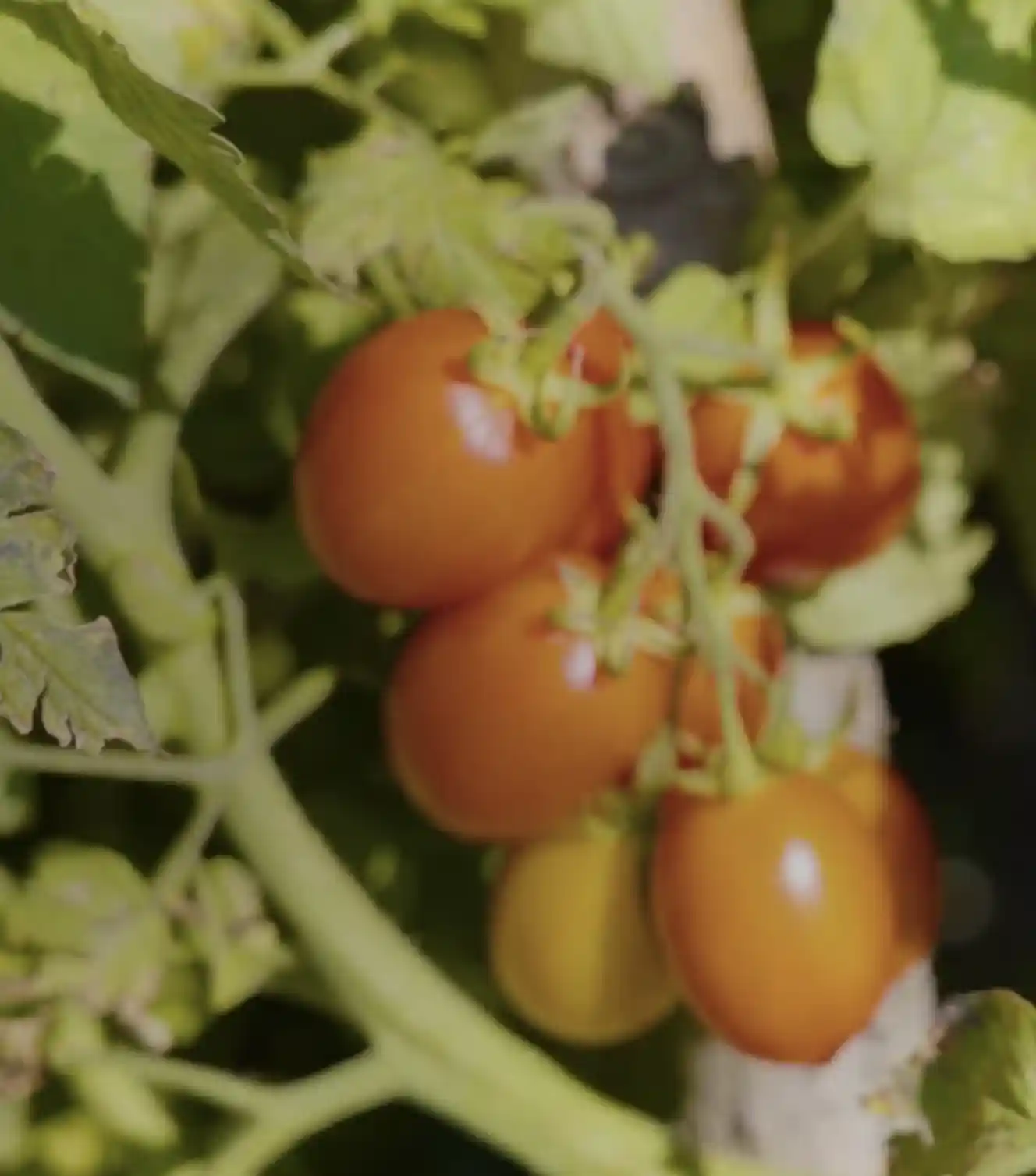
nutritional
deficiencies
to the naked eye


performance
Nutrition and BRIX

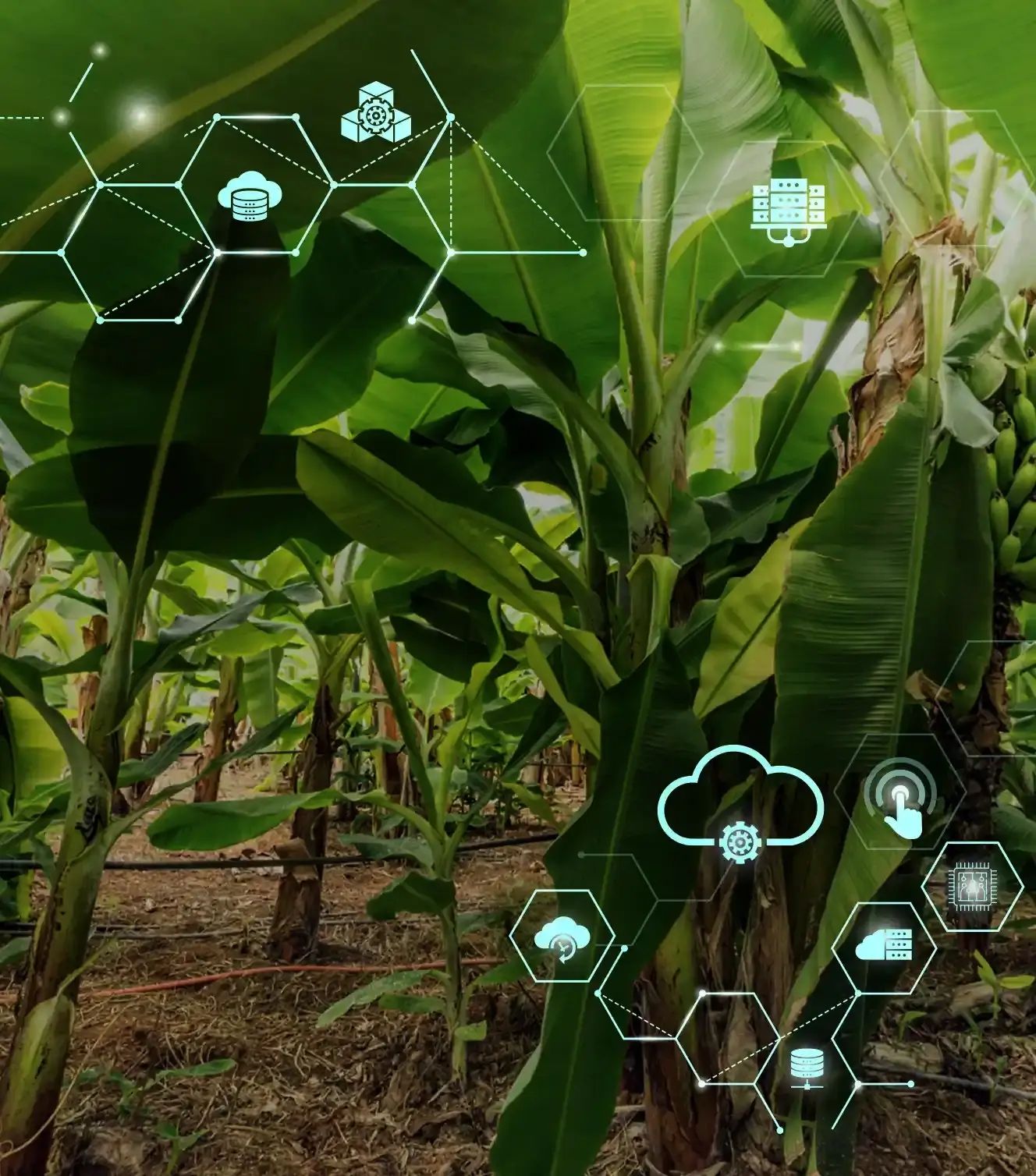
technology
investment
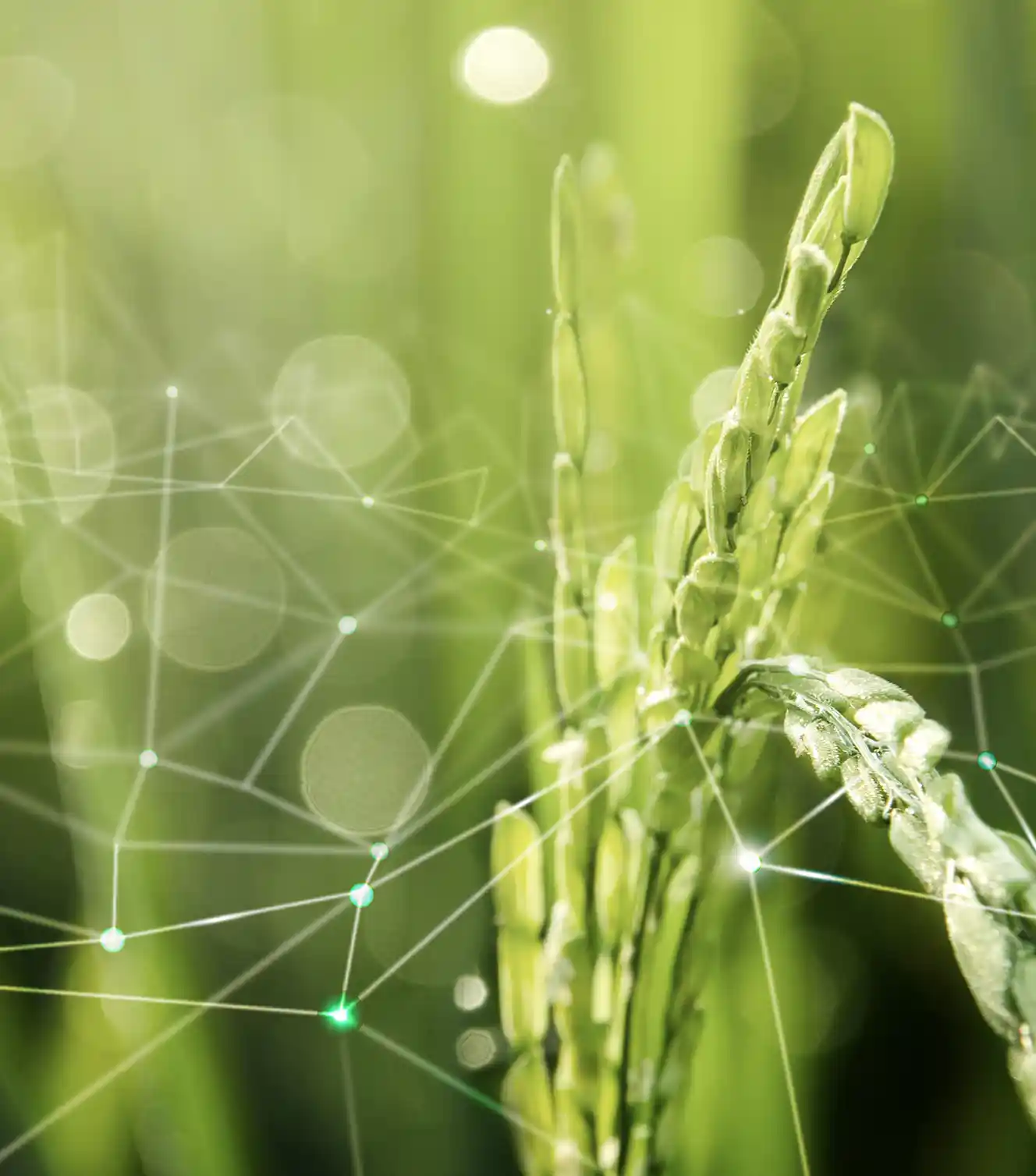
you can’t manage!
data-driven agriculture.
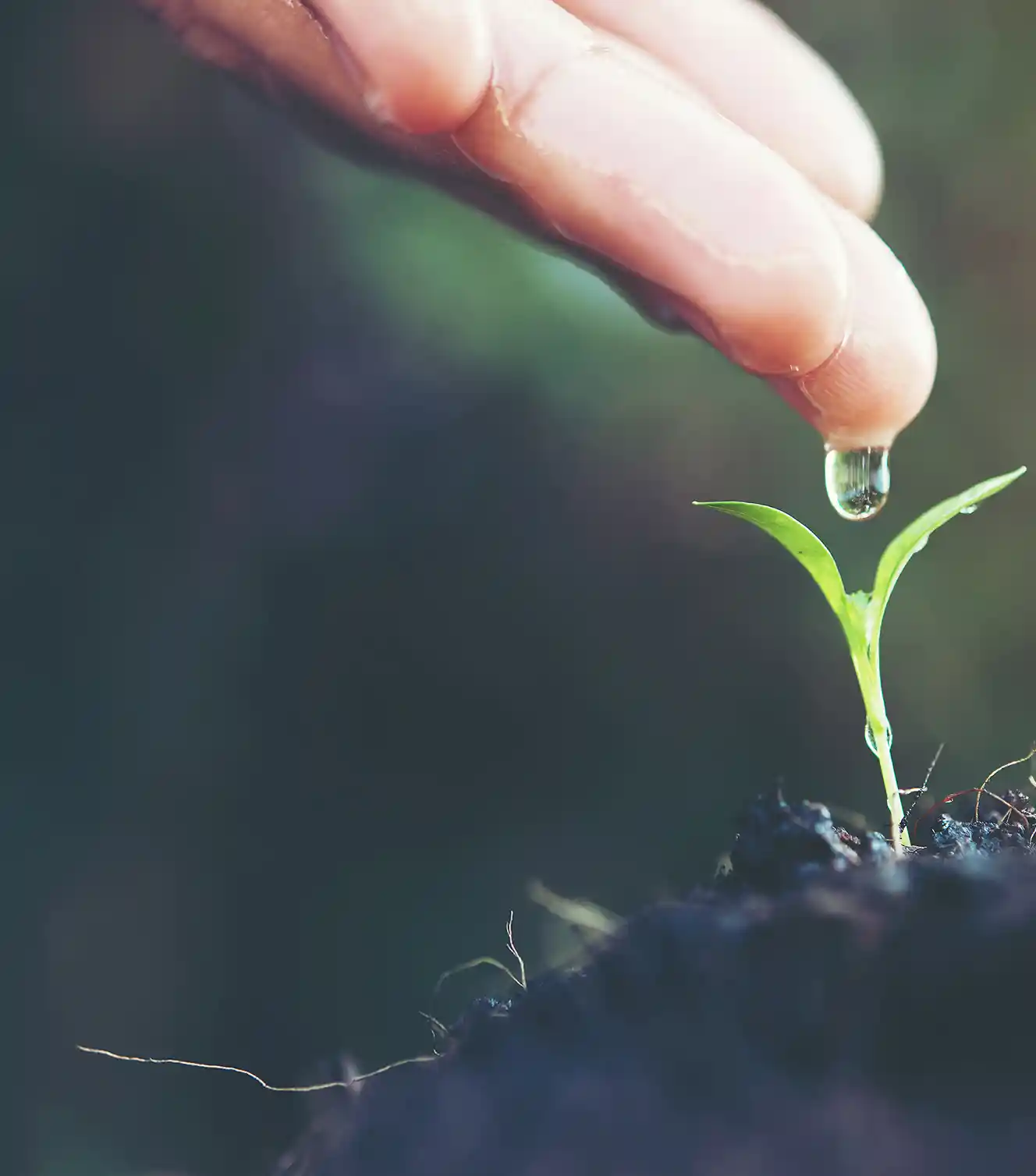
electricity bills
consumption.
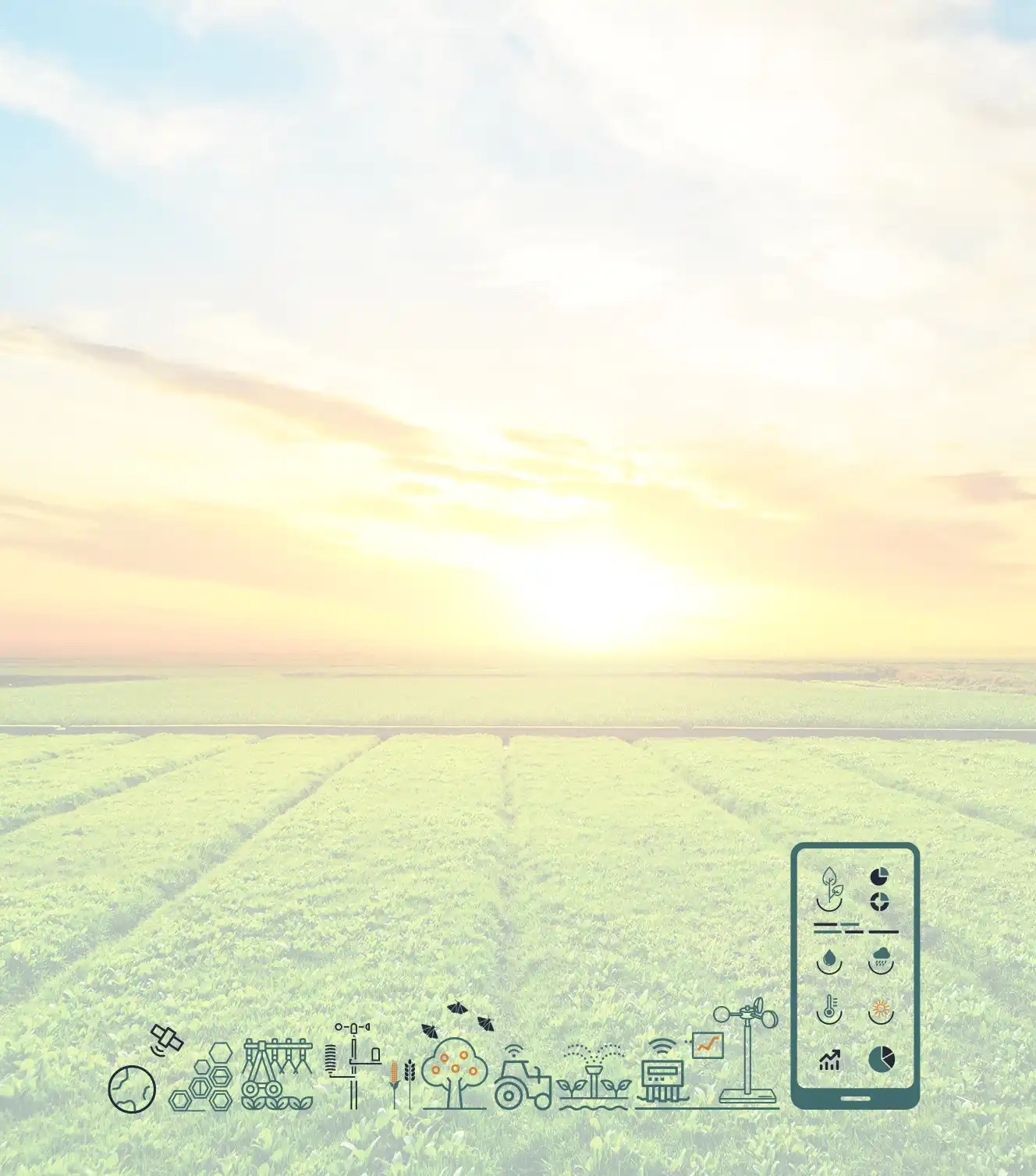
agricultural
data into
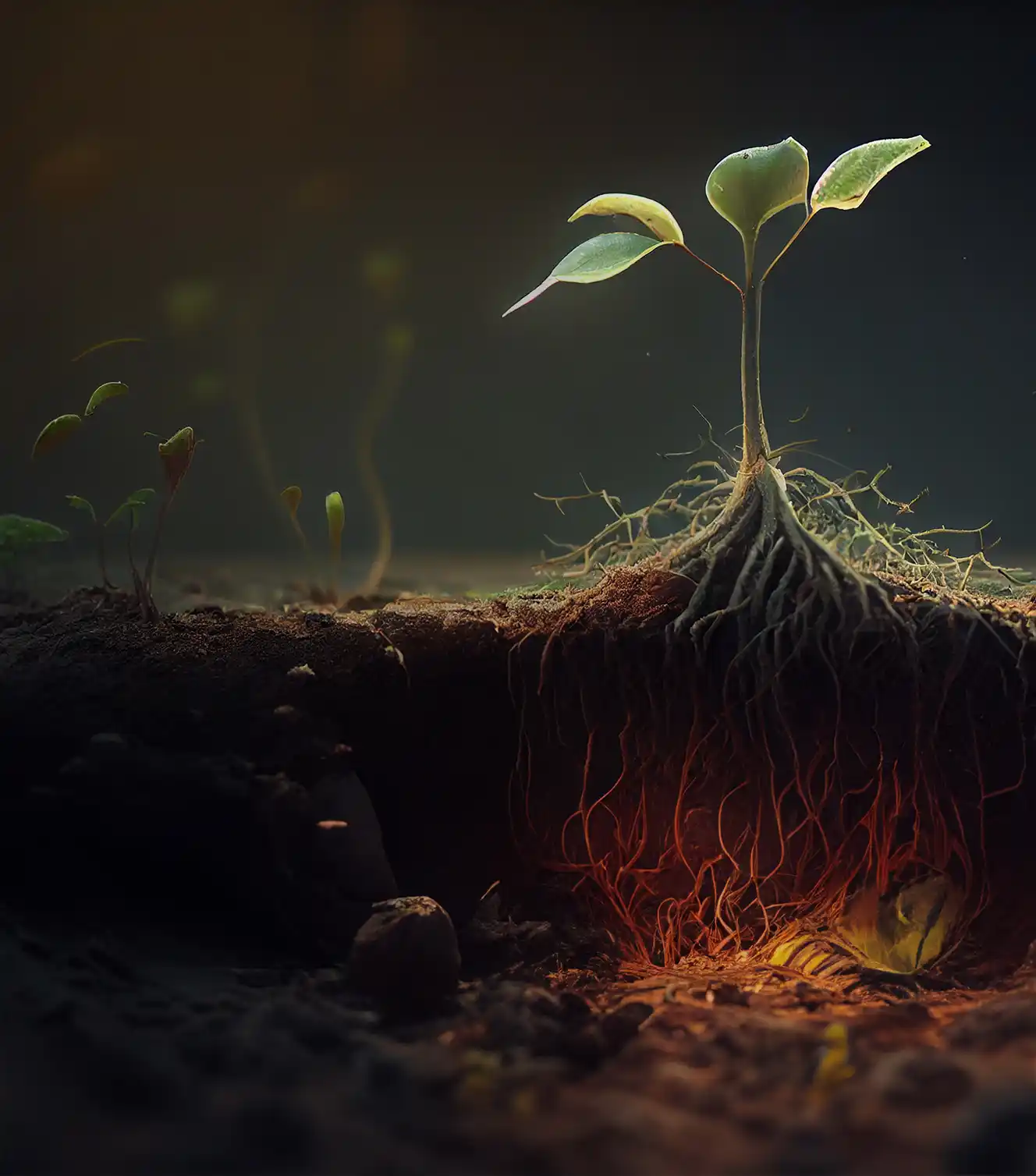
Plant Analysis!
minimize fertilizer, and
maximize profitability

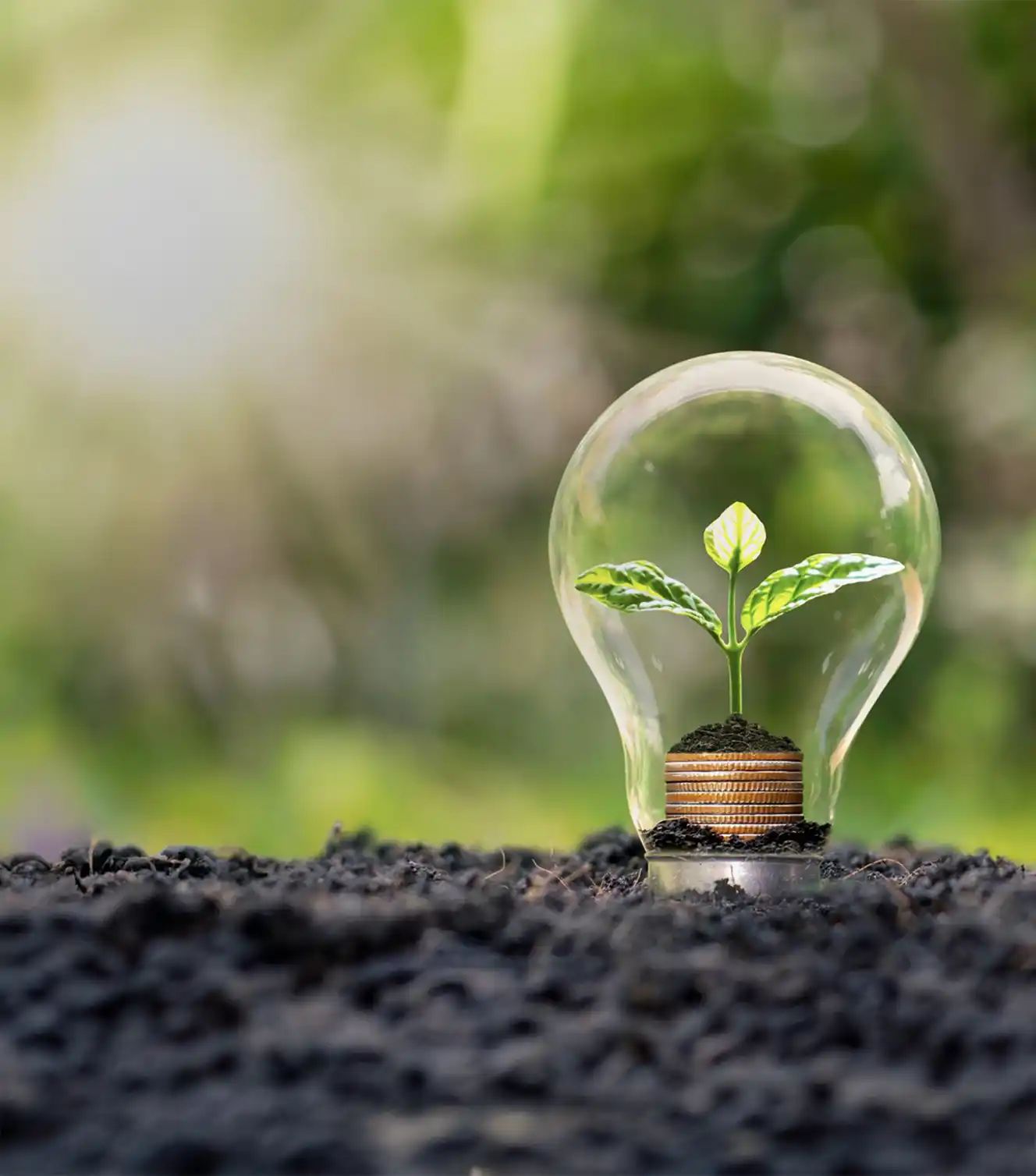
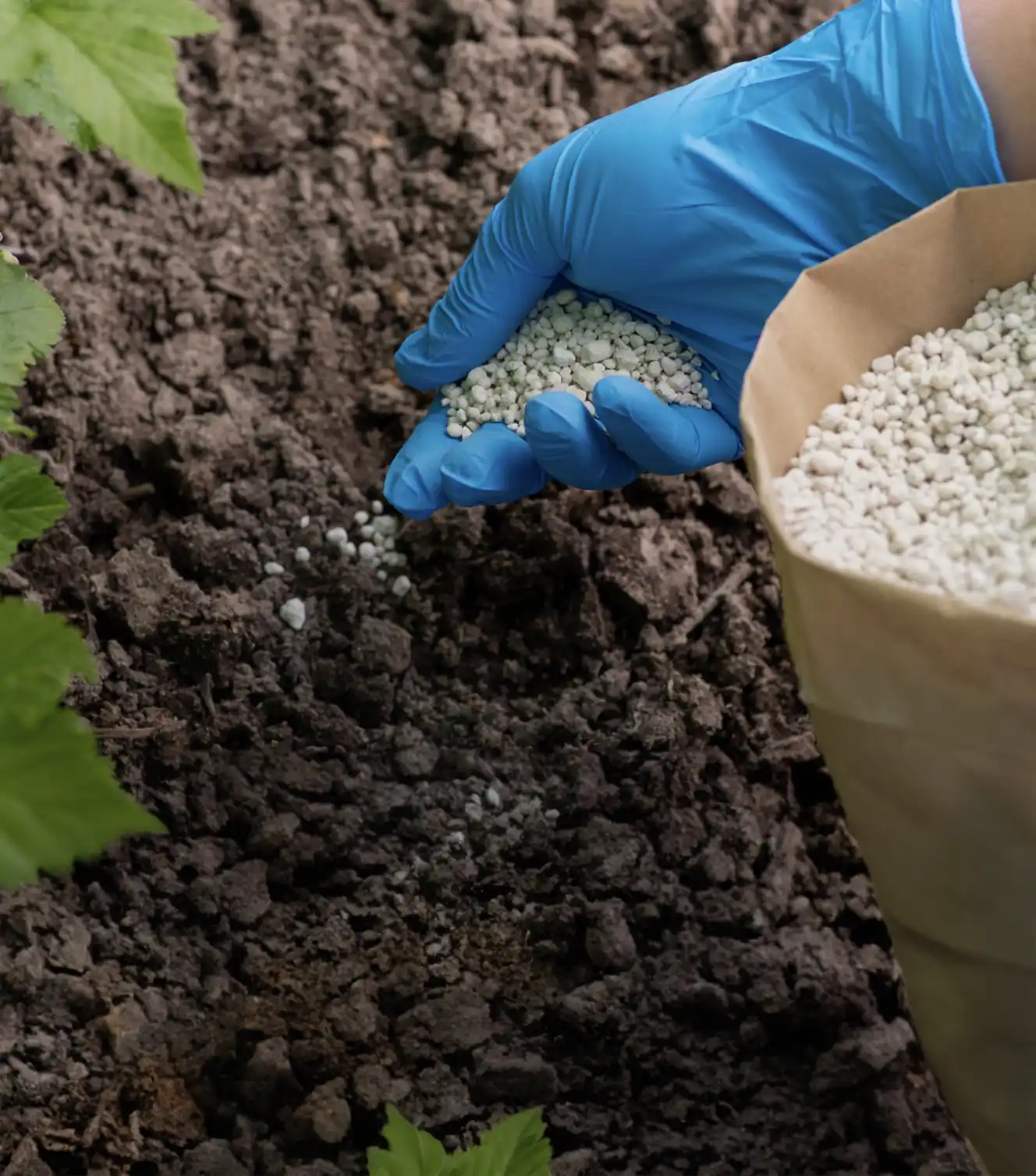
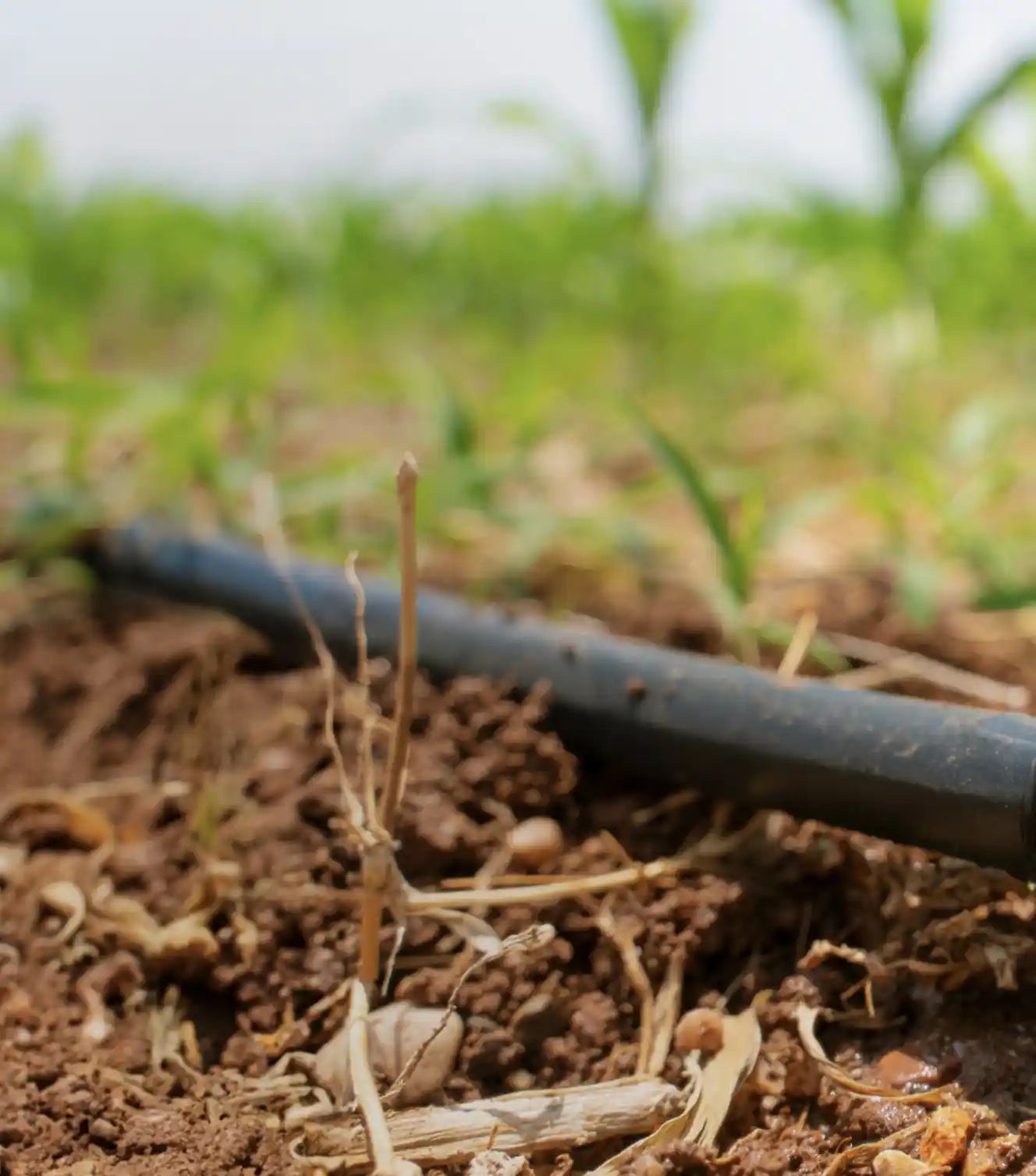
Water Saving
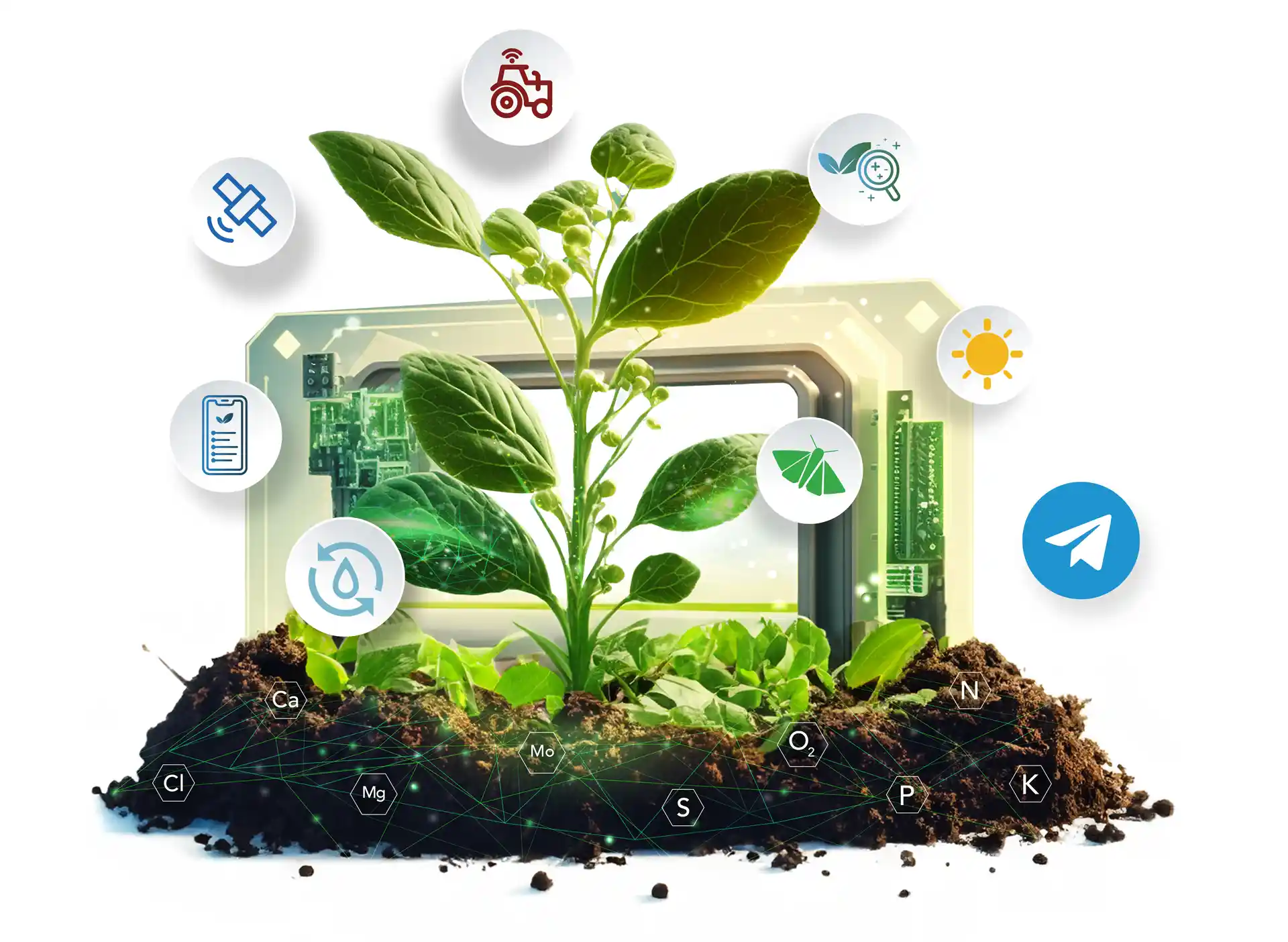
We believe that Sensors (IoT), Big Data, Artificial Intelligence, and Algorithms will be the future of agriculture!
Our data shows that farmers will be able to improve the management of their operations with reliable, science-based, and meaningful data more smoothly.
Our goal is to use agricultural data collected from sensors and other sources, analyze it using Statistical Machine Learning and Artificial Intelligence technologies, and deliver this holistic intelligence to farmers through digital services.
We believe that Sensors (IoT), Big Data, Artificial Intelligence, and Algorithms will be the future of agriculture!
Our data shows that farmers will be able to improve the management of their operations with reliable, science-based, and meaningful data more smoothly.
Our goal is to use agricultural data collected from sensors and other sources, analyze it using Statistical Machine Learning and Artificial Intelligence technologies, and deliver this holistic intelligence to farmers through digital services.
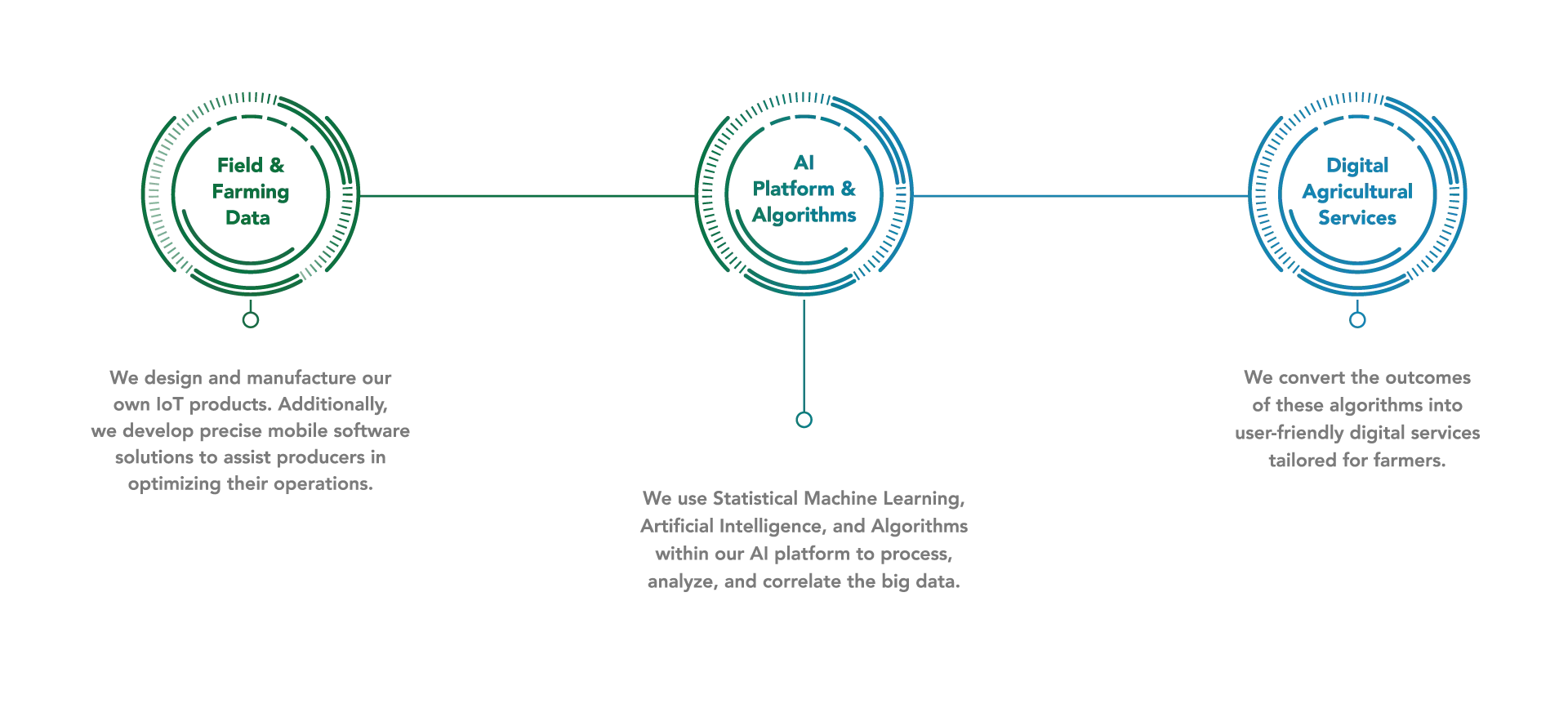

We center our efforts around the Subscription Package concept, bundling our smart sensors
with digital services. We aim to lessen farmers the significant burden of tech investments and assist
them in running their operations based on data.
We center our efforts around the Subscription Package concept, bundling our smart sensors with digital services. We aim to lessen farmers the significant burden of tech investments and assist them in running their operations based on data.
management on a
single platform.

indices via satellite image data
& implementing precise plant
nutrition actions.

Discover Our Unique Advantages!
Subscription Model
Instead of merely selling hardware and raw data, our subscription model guarantees farmers continuous support and access to actionable insights and customized analysis tailored to the specific needs of their fields.
Complementary Solutions
We offer a comprehensive all-in-one platform that simplifies and enhances farm management, addressing every aspect of agricultural production.
Increased Profitability
Our solutions are designed to boost your crop yield, reduce costs, and maximize profits. Achieve a 30% to 35% savings on fertilizers, along with a 40% to 50% reduction in water and electricity consumption.
Science-Based Farm Management
Our data-driven approach assists farmers in executing their agricultural operations more efficiently. By accessing credible and meaningful data rooted in science, farmers can optimize their operations and achieve significantly improved results.
Focus on Sustainability
Through the optimization of valuable natural resources and crop health using technology and data, we assist you in minimizing environmental impacts and contributing to a more sustainable future.
